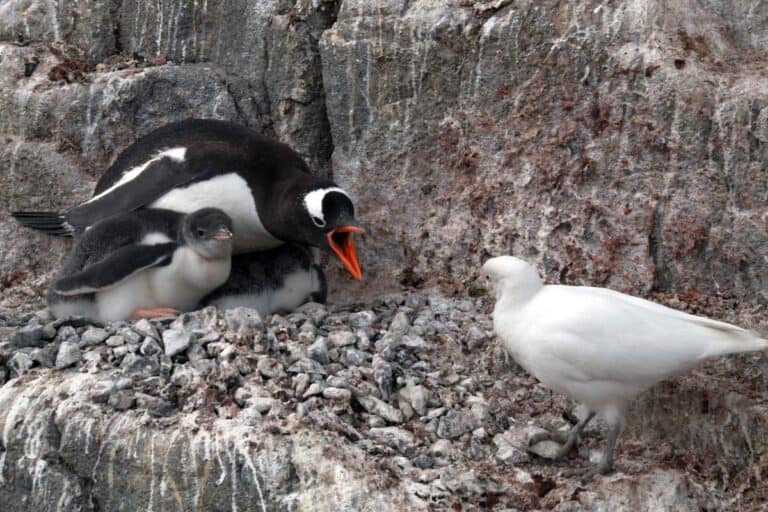How Long Do Bird Eggs Take To Hatch? (Read THIS First!)
We’re reader-supported; we may earn a commission from links in this article.
If you’re reading this then you’re probably as curious as me about how long bird eggs take to hatch! We’ve always seen birds laying their eggs, but never got the opportunity to determine how long it took for an egg to hatch — until now! I’ve analyzed some bird egg hatching data and came up with a definite answer. Here’s what I found:
Bird eggs take an average of 18 days to hatch. However, this can range between 10 – 30 days, depending on bird species. Larger bird eggs tend to have a longer hatch duration than smaller bird eggs. For example, dark-eyed Junco eggs hatch in 14 days, but Wood Duck eggs hatch in 40 days.
If you stay on for more, I’ll be sharing some more juicy information like examples of birds that hatch early and hatch late, and the factors that influence that outcome. Read on to find out more!
Bird Egg Hatch Durations (A Look At Its Distribution)
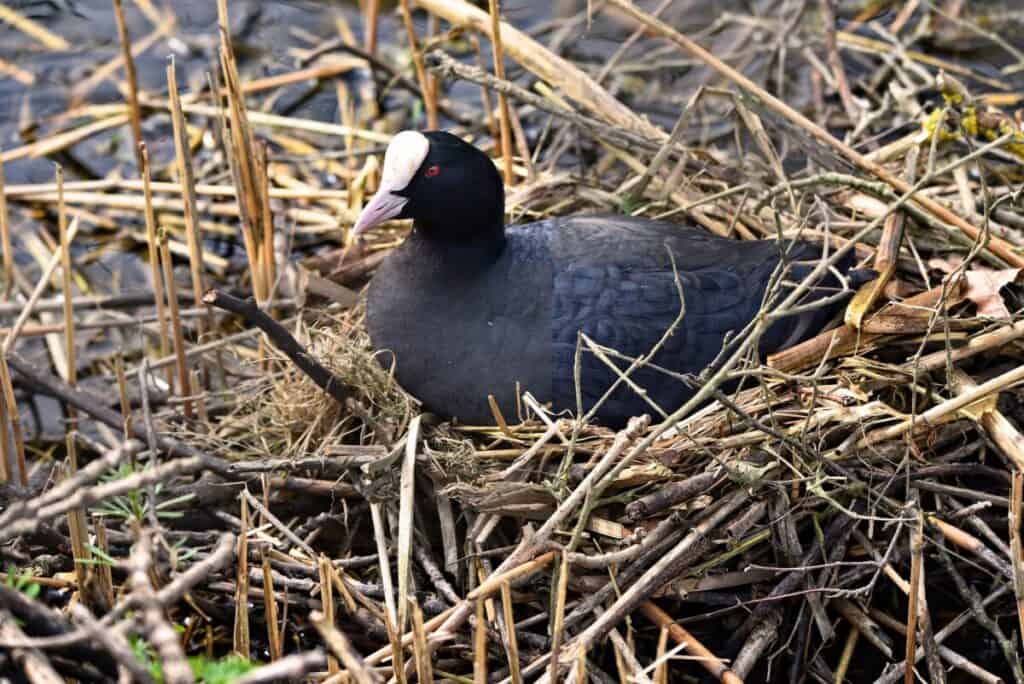
The average number of days that a bird egg takes to hatch: 18 days! However, that’s just a number and we all can’t imagine and assume that to apply to all bird species right? So I decided to look at the distribution of hatch durations across the different recorded bird species. Here’s how it looks like:
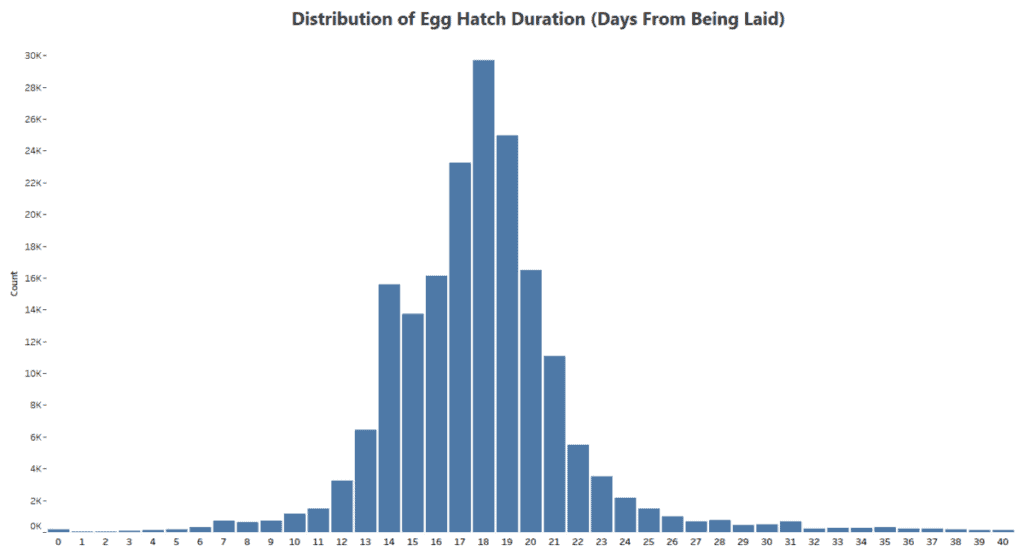
Based on the graph above, we can see that the highest count of bird eggs takes 18 days to hatch, coinciding with the mean for all the data that I analyzed! What’s interesting is that the bulk of bird eggs take a range from 10 days to 30 days to hatch, based on the data and the graph above.
All data is retrieved from raw nesting attempt data from the NestWatch.org website which contains 281 bird species from the year 2000 – 2020 from the US and Canada. Subsequently, I used Tableau for the data analysis and dashboarding.
Oh and also check out some similar articles I wrote on how long baby birds take to grow up and how long birds take to learn to fly. They are packed with so much information that you won’t regret reading them. Seriously!
Bird Egg Hatch Duration Dashboard Tool
Well, looking simply at a graph can be really boring, SO I’ve actually built a helpful INTERACTIVE tool dashboard below! Feel free to click around to explore more:
Bird Species And Their Hatch Durations
Did you enjoy playing around with the tool I made? Now let’s dive into more interesting details you can learn from using the tool: the difference in egg hatch duration among bird species! Not all birds are built the same as they have very distinct physiological differences which require different hatch durations.
Here’s a table to sum up hatch duration, average clutch size, and egg-laying month for some bird species:
| Bird Species | Average Hatch Duration (days) | Average Clutch Size | Most Common First Lay Month |
| Northern Cardinal | 12.5 | 3.0 | April |
| Dark-eyed Junco | 14 | 3.8 | May |
| Mourning Dove | 14.6 | 2.0 | April |
| Carolina Chickadee | 16.9 | 5.4 | April |
| Tree Swallow | 18.6 | 5.2 | May |
| Purple Martin | 19.6 | 5.2 | May |
| American Kestrel | 33 | 4.5 | May |
| Barn Owl | 32.2 | 4.7 | March |
| Red-tailed Hawk | 32.5 | 2.2 | March |
| Wood Duck | 40.5 | 14.5 | April |
Now we can clearly see that birds have very different hatch duration, and some of them vary by a lot. There are some birds whose eggs hatch very quickly, such as Northern Cardinals with an average of 12.5 days, but there are also those that take a long time for their eggs to hatch, like Wood Ducks, which take an average of 40.5 days to hatch.
What’s interesting is that if we look into the trends, (and scientists also agree on this) the hatch duration of bird eggs does not vary by more than a few days within its own species. This means that it has a tight range! [1]
The average clutch size, as it turns out, does NOT seem to be correlated with the average hatch duration of the species! Scientists have actually found that birds with larger clutches would simply compensate by spending more time incubating the eggs in their nest than others with smaller clutches. In addition, birds also occasionally rotate the eggs to ensure that none of them cool. [3]

The above graph displays the bird species that were recorded for the past few decades. I did something a little extra for you! If you go up to the free dashboard tool I provided above and click on the individual birds, you can see their respective profile, including their average hatch duration. You can also search up the bird species on the top right-hand corner!
Here’s a GIF to show you how to do it!
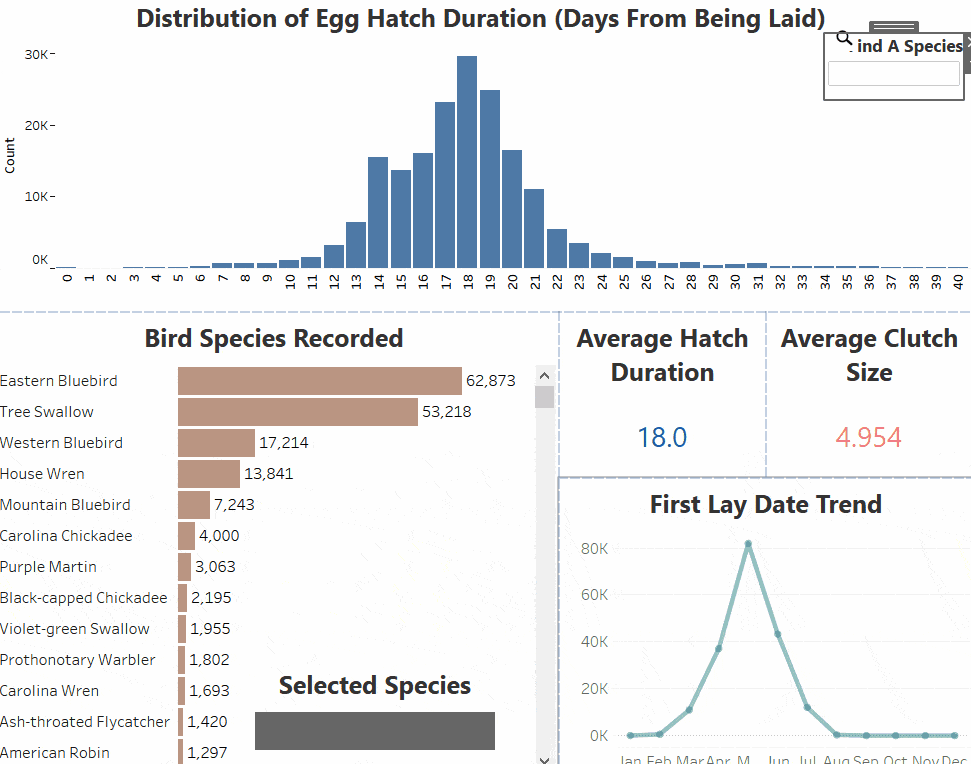
Why Bird Eggs Have Different Hatch Durations
Okay, I hope I’ve convinced you with all that data and analysis! Now, you may have a burning question: ‘WHY do birds have different hatch durations?’ I too wondered about this curious trend that I observed while analyzing this data. I went to dig a little more into scientific articles to see what experts have come up with. Here’s what I found:
1. Egg Weight
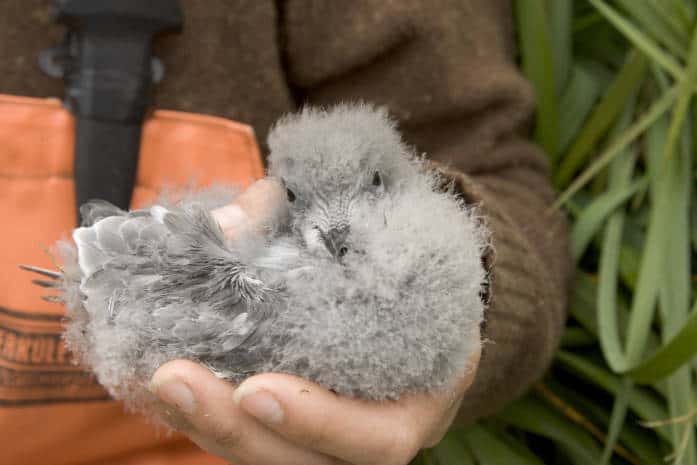
One of the most obvious reasons why birds have different requirements in their hatch durations is due to egg size. In fact, scientists have discovered a positive correlation between the incubation periods of bird eggs and their respective weights. [1] This means that generally, the heavier the bird egg, the longer a bird will take to incubate the egg and hatch it.
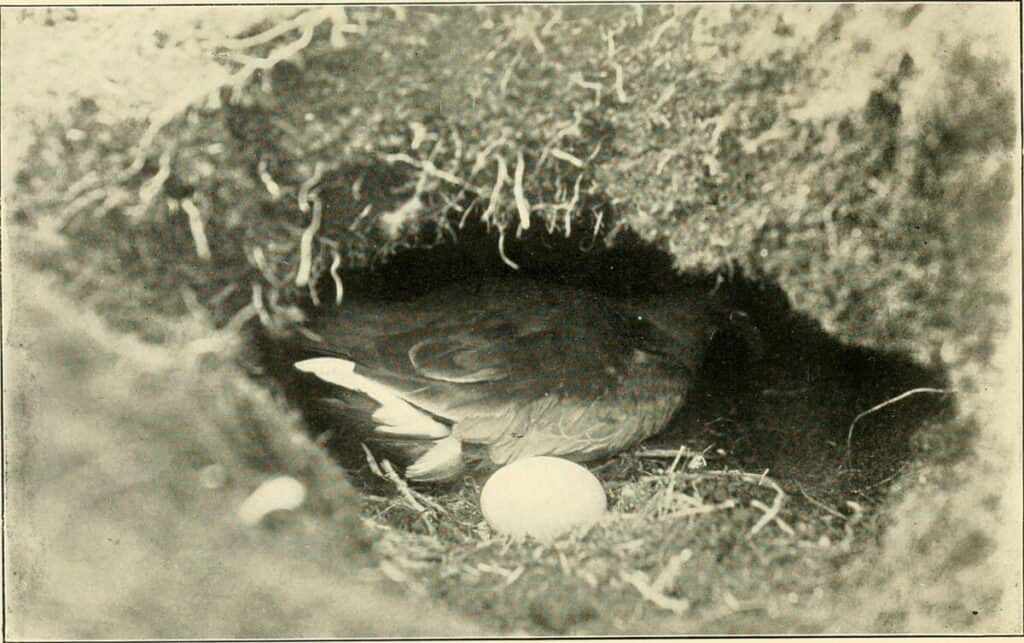
However, there are exceptions to this: Fork-tailed Storm–Petrels. These birds have eggs that have a high amount of variability in their hatch timings. Some of their eggs can even take up to 2-3 times as long as other similar-sized eggs! [2]
2. Egg Neglect

You may find this interesting: the amount of attention the parent birds give to their eggs actually affects the incubation time, thereby affecting the hatch duration required! Birds that choose to neglect their eggs actually cause a LOT of variability of hatch durations between species. This is because if a bird chooses to incubate its eggs less, the incubation temperature drops, extending the time needed for incubation.
Scientists have discovered that birds can either choose to have cheap eggs paired with expensive care for their helpless young (altricial) OR expensive eggs paired with inexpensive care for their more independent young (Precocial).
Here’s a table to summarize the differences between Precocial and Altricial young:
| Precocial/Altriciality | Precocial | Altricial |
| Cost of energy spent on eggs | Cheap (short hatch duration) | Expensive (long hatch duration) |
| Cost of energy spent on young | Expensive | Cheap |
| Characteristic of young | Helpless | Independent |
| Bird Species Example | Wood Duck | Downy Woodpecker |
3. First Lay Date
After examining the first lay dates of birds (the day that an egg is first laid) and their relations to average hatch duration, I realized that there may be a trend!
Here’s how the relationship between the two factors are like (blue: average hatch duration in day, orange: egg-laying events)
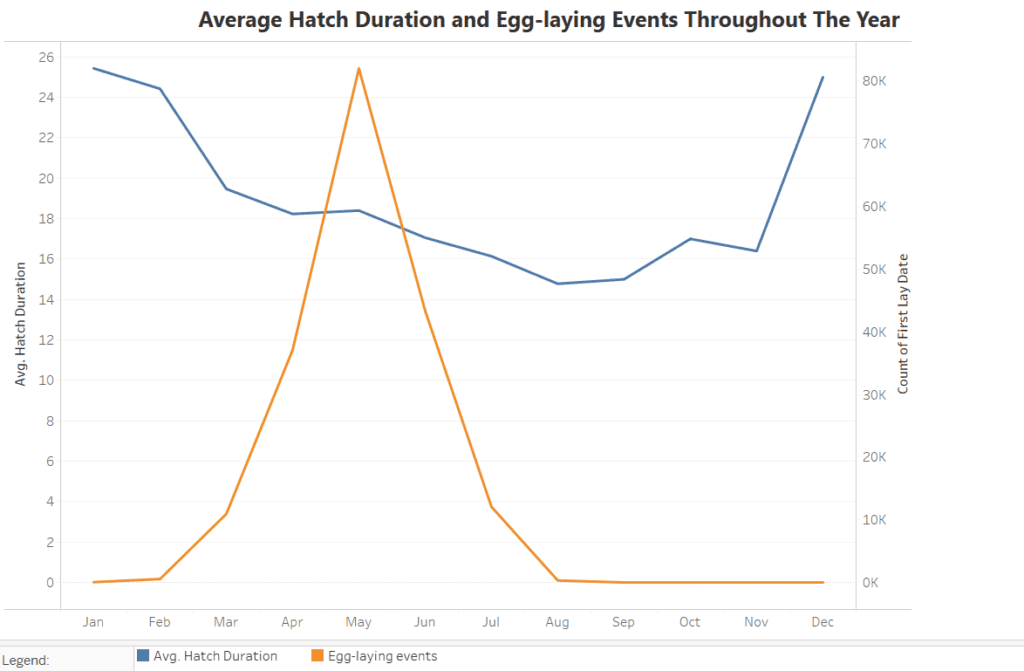
For example, the Barn Owl and Red-tailed Hawk lay their eggs early in March and have a significantly higher hatch duration than the others. This is because they produce precocial hatchlings. Precocial hatchlings have to be laid earlier in Spring so that there is sufficient incubation time for them to develop over Spring.
Here are some examples of bird species and their relatively early egg-laying months, longer hatch duration and their precociality:
| Bird Species | Most Common First Lay Month | Average Hatch Duration | Precocial/Altricial |
| Great Horned Owl | February | 32.3 | Precocial |
| Hooded Merganser | March | 43.8 | Precocial |
| Bald Eagle | March | 37.8 | Precocial |
| Wood Duck | April | 40.5 | Precocial |
| Barn Owl | March | 32.2 | Precocial |
| Red-tailed Hawk | March | 32.5 | Precocial |
| American Kestrel | May | 33.0 | Precocial |
However, you will notice that American Kestrels lay their eggs in May even though their hatchlings are precocial, so this can be an exception that scientists can look into in the future!
4. Climate Change
All of the above factors have been related to natural occurrences, but this point is the only thing influenced by man: climate change. Climate change, in particular, the increasing happenings of and intensity of heatwaves in recent times can cause some eggs in a nest to hatch within a shorter duration than others.

This was discovered in a study done on Zebra Finches led by Simon Griffith from Macquarie University. [4] When birds hatch at different timings, this can lead to severe consequences such as uneven competition among hatchlings, causing a lower survival rate of hatchlings overall.
Basically, those eggs that hatch earlier due to increased ambient temperatures will grow faster than those who hatch later, causing them to receive less food from parents and have less chance for survival.
What Time of Year Do Baby Birds Hatch?
You might start to get curious about this question. I thought a few steps ahead and might as well let you know the answer that was lingering in my mind too. Here’s what I found with the data I analyzed:
Birds can hatch at any time of year, but a 40% majority hatch during the month of June, followed by 30% in May, and 16% in July. Most birds hatch during the months of May, June, and July; during the mating season in spring. Birds hatch the least in the month of December at less than 1% of the year’s total.
To help you visualize this, I created a handy interactive graph below for you to explore any certain species:
Bird Egg Hatch Frequency Throughout The Year
As you can see in the above graph, the month with the highest percentage of egg hatches is in June at 40%! This comes as no surprise as the time of year that birds lay eggs the most is in May. I wrote an article on the time of year that birds lay eggs the most here.
Common Bird Egg Hatch Months
I got curious about common birds and their respective months with the highest frequency of hatches, and I figured that you might be interested in that too. Here’s a chart for your reference:
| Common Bird Species | Highest Frequency Hatch Month | Percentage of Year’s Total Hatches (%) |
| Northern Cardinal | May | 40 |
| Blue Jay | May | 80 |
| House Finch | May | 34 |
| American Crow | April | 50 |
| Anna’s Hummingbird | March | 36 |
| Carolina Chickadee | April | 60 |
| Killdeer | May | 37 |
| Song Sparrow | May | 48 |
| Tree Swallow | June | 61 |
| American Kestrel | June | 56 |
Final Thoughts
Now you know how long bird eggs take to hatch, discovered new concepts about its variability in bird species, know more examples about these species, and finally the factors that affect the hatch duration of birds. I spent a long time writing this one! I learned a lot through writing this article to satisfy my curiosity and I hope it has done the same for you too. Thanks for reading and happy birding!
References
- Nice, M. M. 1954. Problems of incubation periods in North American birds. Condor 56:173-197
- Boersma, P. 1982. Why Some Birds Take so Long to Hatch. The American Naturalist, 120(6), 733-750. Retrieved May 17, 2021, from http://www.jstor.org/stable/2461170
- Reid, J. & Monaghan, P. & Ruxton, Graeme. 2000. The consequences of clutch size for incubation conditions and hatching success in starlings. Functional Ecology. 14. 560 – 565. 10.1046/j.1365-2435.2000.t01-1-00446.x.
- Griffith Simon C., Mainwaring Mark C., Sorato Enrico, and Beckmann Christa. 2016. High atmospheric temperatures and ‘ambient incubation’ drive embryonic development and lead to earlier hatching in a passerine bird. R. Soc. open sci.3150371150371
My Recommended Birding Resources:
Hey there, Justin here!
Here’s a list of all my favorite resources, products, and brands I trust and love.
My Celestron Nature DX 8×42 Binoculars: It’s a great budget pair for beginner birders. Highly valued for its price! Read my review.
Safe Paint for Bird Baths Guide: Learn about non-toxic paint for painting bird baths.
Safe Sealers for Bird Baths Guide: Learn which sealers are safe for bird baths.
Safe Paint for Bird Feeders Guide: Learn what special care needs to be taken to paint bird feeders with the right paint.
Safe Paint for Birdhouses Guide: Learn about non-toxic paint for painting birdhouses. (Not the same as bird baths!)
Bird Identification Apps Guide: 2 of my favorite birding apps are Merlin Bird ID, and eBird Mobile! Merlin is great for tracking and identifying birds, and eBird Mobile is great for tracking the birds sighted when birding.
Check out my resources page for the full list of resources I recommend!

Justin Chia
Justin is the founder and author of Birding Outdoors. He is a Nanyang Technological University (NTU) alumnus with a Bachelor of Biological Sciences and a former data analyst.
Now, Justin runs the Birding Outdoors blog full-time, hoping to share his deep love for birds, birding, and nature with others.
To unwind, Justin enjoys gaming and reading.



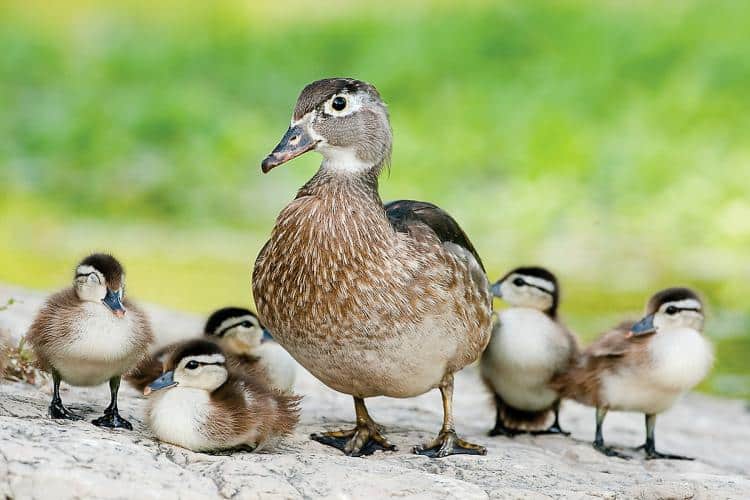



![How Many Bird Feeders Should You Have? [ANSWERED! + FAQs]](https://birdingoutdoors.com/wp-content/uploads/2021/06/feeders-2-768x512.jpg)

